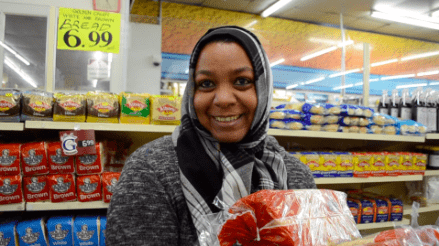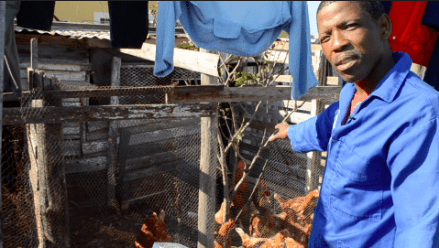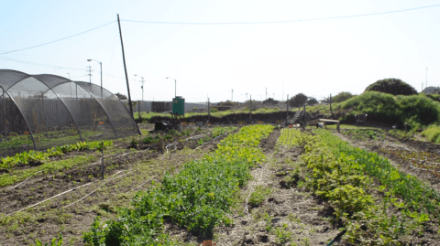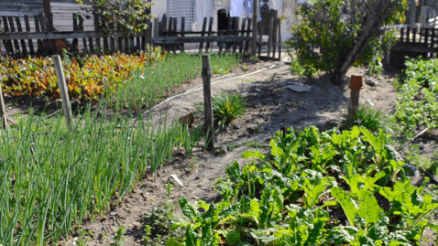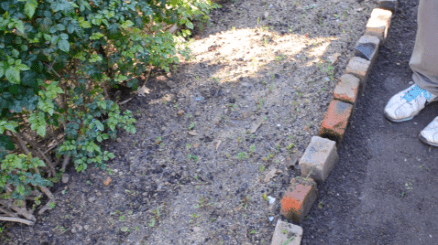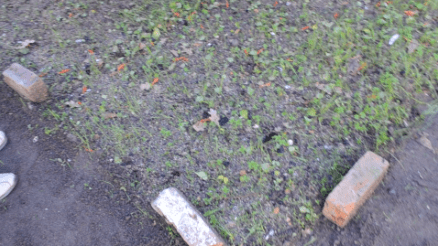Maria Polzin
Community Systems Strengthening for Health (CSS)
Cape Town, South Africa
The more I learned about food security this summer, the more I realized that the global prioritization of food security is not the only existing movement that addresses issues of malnutrition and hunger. In fact, there exists a movement that includes many more crucial yet overlooked layers: the demand for food sovereignty. What is the difference between food security and food sovereignty?
According to the United Nations, “Food security exists when all people, at all times, have access to sufficient, safe and nutritious food to meet their dietary needs and food preferences for an active and healthy life.” La Via Campesina, or the International Peasant’s Movement that first brought food sovereignty into public debate, defines food sovereignty as “the peoples,’ Countries,’ or State Unions’ RIGHT to define their agricultural and food policy, without any dumping vis-à-vis third countries.” They define it as a right because they believe that the United Nations should adapt the right to food to include autonomy over one’s methods of producing, obtaining, and distributing food, amongst other processes of agriculture and food markets. They recognize that this would require the entire upheaval of existing systems and policies to make space for new democratic-decision making in governments, as well as new forms of local to international market cooperation that prioritize fair prices for farmers and sustainability of land.
Food sovereignty more fully embodies the right to food because it adds a human dimension to food security, acknowledging that one should have a say in their relationship with food. This renders the movement more inclusive of other rights, too, as they prioritize the right to cultural life, rights of women (who are disproportionately affected by the oppression of farm workers), indigenous practices, and environmental rights. Ultimately, food sovereignty does not diminish food security, but adds it as one factor to achieving a just and sustainable world.
I see dynamics between the food security movement and the food sovereignty movement highlighted in my work. For example, grocery stores are increasingly being built in townships around Cape Town as a means of addressing food security. However, there is no proof that these efforts through existing markets are actually making a difference. In fact, there is more evidence that this method is decreasing hunger but exacerbating obesity and incommunicable diseases. This are for multitudes of reasons for this phenomenon: many of the individuals I spoke with do not buy their fruits and vegetables at the grocery store because they are often too expensive; participants expressed that they are not educated to understand the important connection between diet and health; and even if the fruits and vegetables are made cheaper, they will prioritize other expenses with their grant money like school fees for their children or transportation costs to get work.
For all of these reasons and more, there is a growing movement in Cape Town for the implementation of home and community gardens as a means of obtaining fresh and local produce, and in some cases, selling the extra produce to obtain money for other needs. These efforts play into the food sovereignty movement–even if the connection is not explicitly made–because community members are increasingly saying: governments’ and corporations’ methods are not working to address food security in the ways that we need, so we are taking the food system into our own hands. The documentary I made this summer focuses on the projects community members are undertaking to address their own food insecurity and sovereignty. The introduction can be found here.
